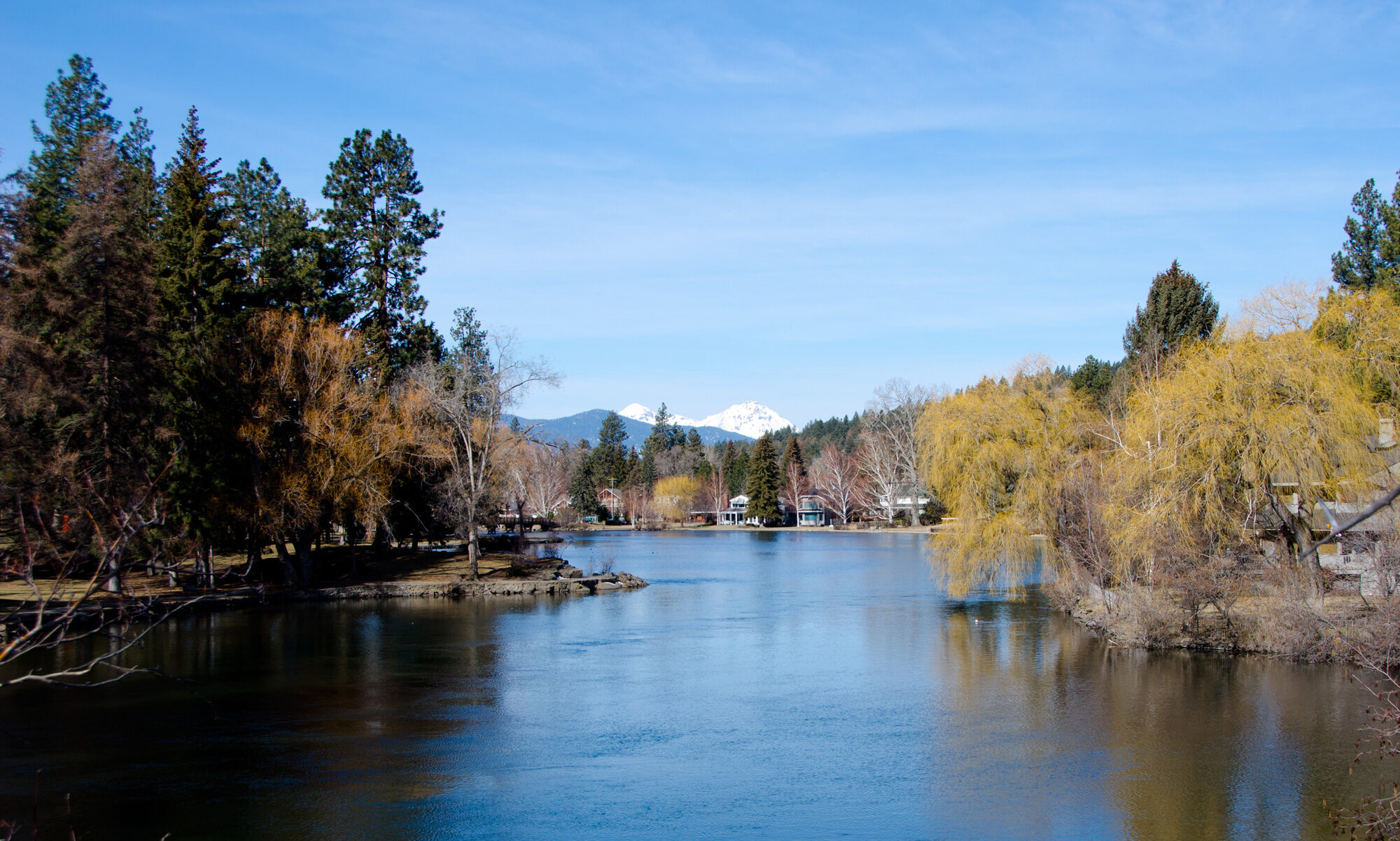First things first: Mirror Pond needs to be dredged. At least that’s what the people studying the sedimentation problem in the pond say.
Initially, officials wanted to analyze a range of possible fixes to the silt problem in Mirror Pond that included everything from doing nothing to removing two dams and allowing the Deschutes River to flow freely.
After learning that such a study would cost $500,000 and that no one was willing to pay for it, the steering committee created to guide this effort shifted its focus.
“Something has to be done to remove the sediment immediately, regardless of what we do in the long term,” said Matt Shinderman, who sits on the committee and is an Oregon State University-Cascades Campus natural resources instructor. “It’s already starting to get to a point where you’re going to have extensive mudflats and potential wetland vegetation coming in.”
Once that vegetation takes root, he said, it could become a lot more difficult to do any work in the pond, because federal wetland protections create more regulatory hurdles.
Silt has been accumulating at the bottom of Mirror Pond ever since Pacific Power & Light Co. built a hydroelectric dam near the Newport Avenue bridge in 1910. The last time it was dredged was in 1984, at a cost of $312,000.
The latest cost estimates for dealing with the pond’s sediment problem came in between $2 million and $5 million. Those figures were from a 2009 study.
As with the $500,000 alternatives analysis, no one has offered to pay for dredging Mirror Pond. The group looking into the issue includes the city of Bend, the Bend Park & Recreation District, Pacific Power, William Smith Properties Inc. and the nonprofit Bend 2030.
Two funding ideas have been floated recently. One is to form a permanent special taxing district. The other is to include a Mirror Pond fix in a one-time bond measure. In either case, it would be up to voters to decide.
Bend Park & Recreation District Executive Director Don Horton said the district is planning a survey that will ask residents if they would support either option for Mirror Pond. That survey, which is also gauging support for other possible bond measure projects, is expected to be sent out in a couple of weeks.
Horton noted that a bond measure would only provide a one-time source of funds, while a taxing district would supply money long-term. Like Shinderman, he said the immediate need is to dredge Mirror Pond first.
But Horton also highlighted the importance of an in-depth siltation study that would look at dam removal options and others — such as reconfiguring the shape of the pond — that would help cut down on the sedimentation.
“It’s kind of a two-stage process,” he said. “The first is to dredge the pond, and the second is to do a longer-term study of what needs to be done to the pond.”
— Reporter: 541-633-2160, ngrube@bendbulletin.com
Source: The Bulletin
